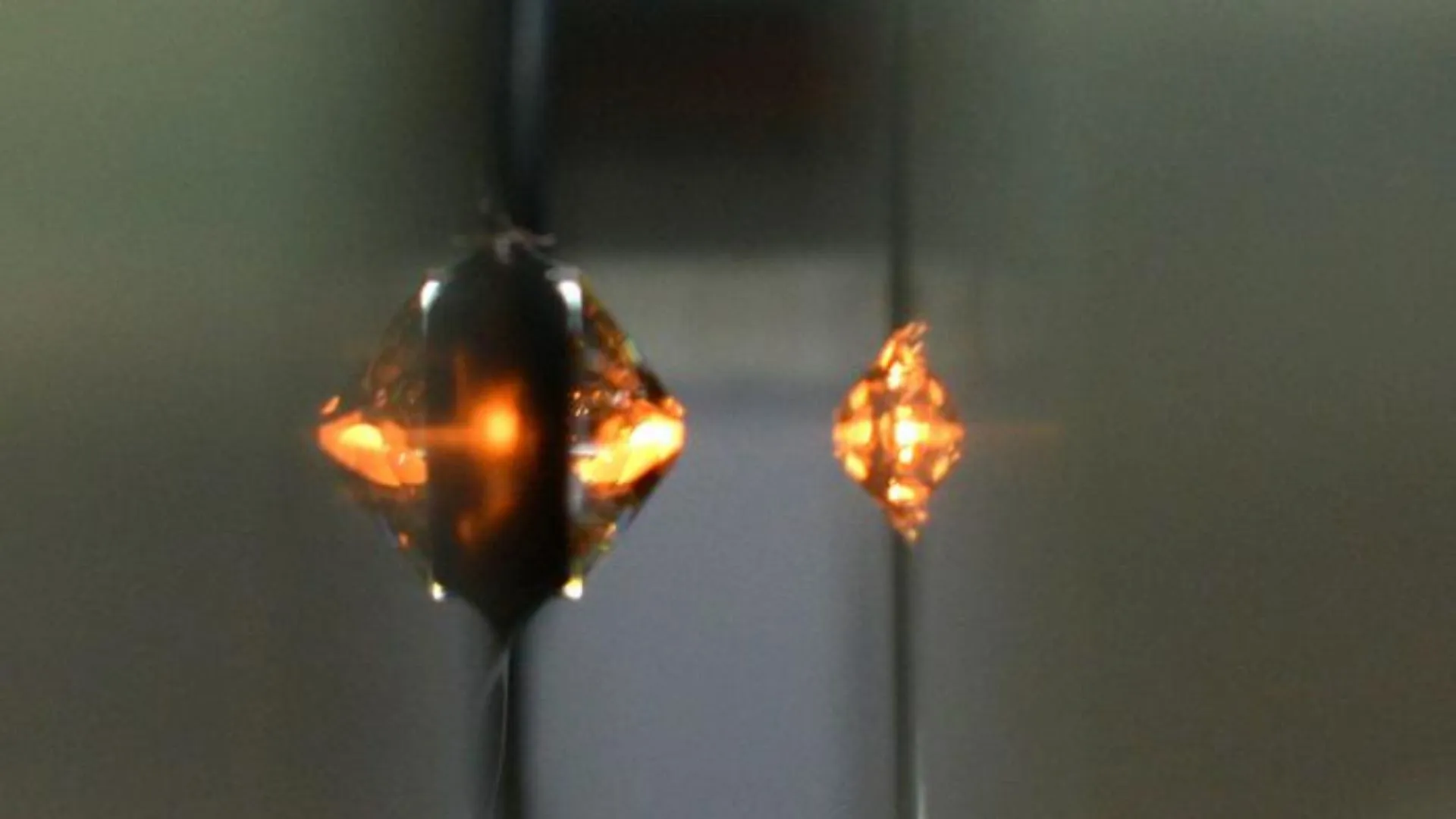Copyright Interesting Engineering

An international research team, led by the Korea Research Institute of Standards and Science (KRISS), has discovered a previously unknown form of crystalline ice, officially named Ice XXI. The team made the world’s first identification of an entirely new crystallization pathway for water, which led to the discovery of this new, 21st crystalline ice phase. It was achieved by subjecting water to extremely high pressures of over two gigapascals (GPa) at room temperature. The microsecond revelation Ice is usually known to form at temperatures below 0°C, but it can also form at room temperature (or even hotter) when subjected to sufficient pressure. For example, water pressurized above 0.96 GPa at room temperature forms Ice VI. The crystallization process involves the intricate distortion and rearrangement of the hydrogen-bonded network of water molecules, leading to a variety of ice phases depending on temperature and pressure. Interestingly, over the last century, roughly 20 distinct crystalline ice phases have been identified across a vast range of conditions. In this work, the crystallization process of supercompressed water was studied using two key technologies: a pressure device called dynamic diamond anvil cell (dDAC), and the world’s largest X-ray free-electron laser facility. dDAC is equipped with a pair of diamonds and piezoelectric actuators, which work together to rapidly and controllably change the pressure exerted on a microscopic water sample for observation. Using this device, the team managed to create a supercompressed liquid state where water remained liquid at room temperature under high pressure exceeding 2 GPa. Furthermore, the multiple freezing and melting events of water were captured with microsecond resolution (one millionth of a second). “By combining our in-house developed dDAC technology with the XFEL, we were able to capture fleeting moments that had been inaccessible with conventional instruments,” noted Dr. Lee Geun Woo, the Principal Investigator from KRISS. Under these extreme, rapid conditions, the researchers observed that water did not freeze in a single, expected step. Instead, it underwent a series of complicated, multiple freezing-melting pathways that were previously unknown. These pathways, for the first time, revealed the existence of the metastable Ice XXI. Ice XXI is structurally unique from all previously known ice phases Surprisingly, this room-temperature, high-pressure ice phase has a large and complex unit cell compared to other ice forms, characterized by a flattened rectangular shape. A new layer for icy worlds These findings could help advance the scientific understanding of icy planets and moons. “The density of Ice XXI is comparable to the high-pressure ice layers inside the icy moons of Jupiter and Saturn. This discovery may provide new clues for exploring the origins of life under extreme conditions in space,” said Dr. Lee Yun-Hee, a Principal Research Scientist at KRISS and a co-author of the study. It indicates that the interiors of these distant celestial bodies may be far more complex than previously modeled, potentially containing layers of exotic ice that influence their geology, magnetic fields, and habitability. Meanwhile, in-depth knowledge of these exotic phase transitions under extreme conditions could help unlock the development of new materials that have never been created before on Earth. The breakthrough was the result of a major international effort, bringing together 33 scientists from five nations: South Korea, Germany, Japan, the USA, and the United Kingdom. The findings were published in the journal Nature Materials.



